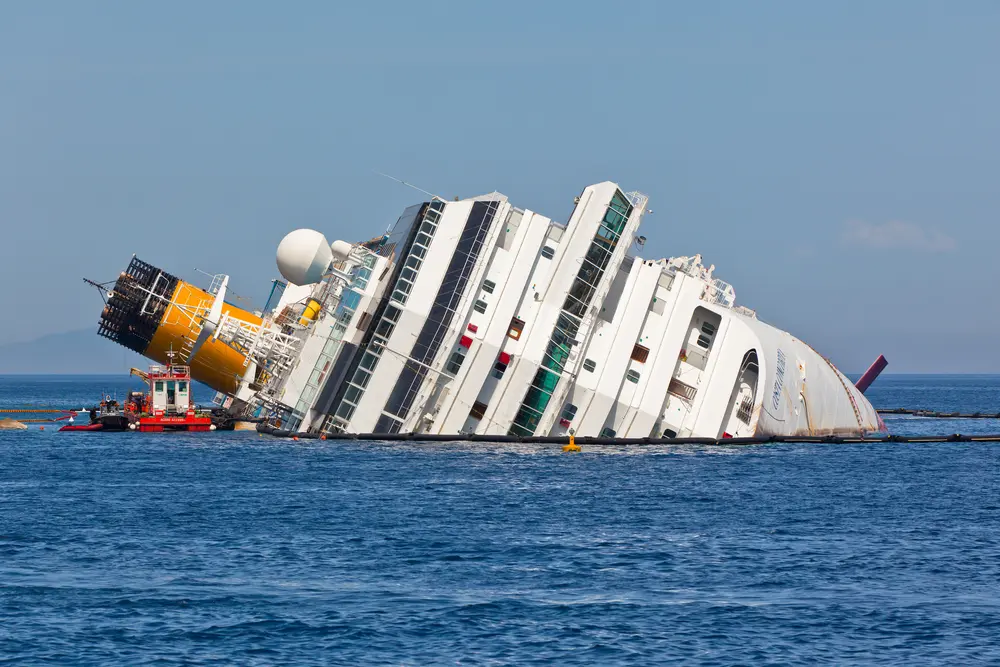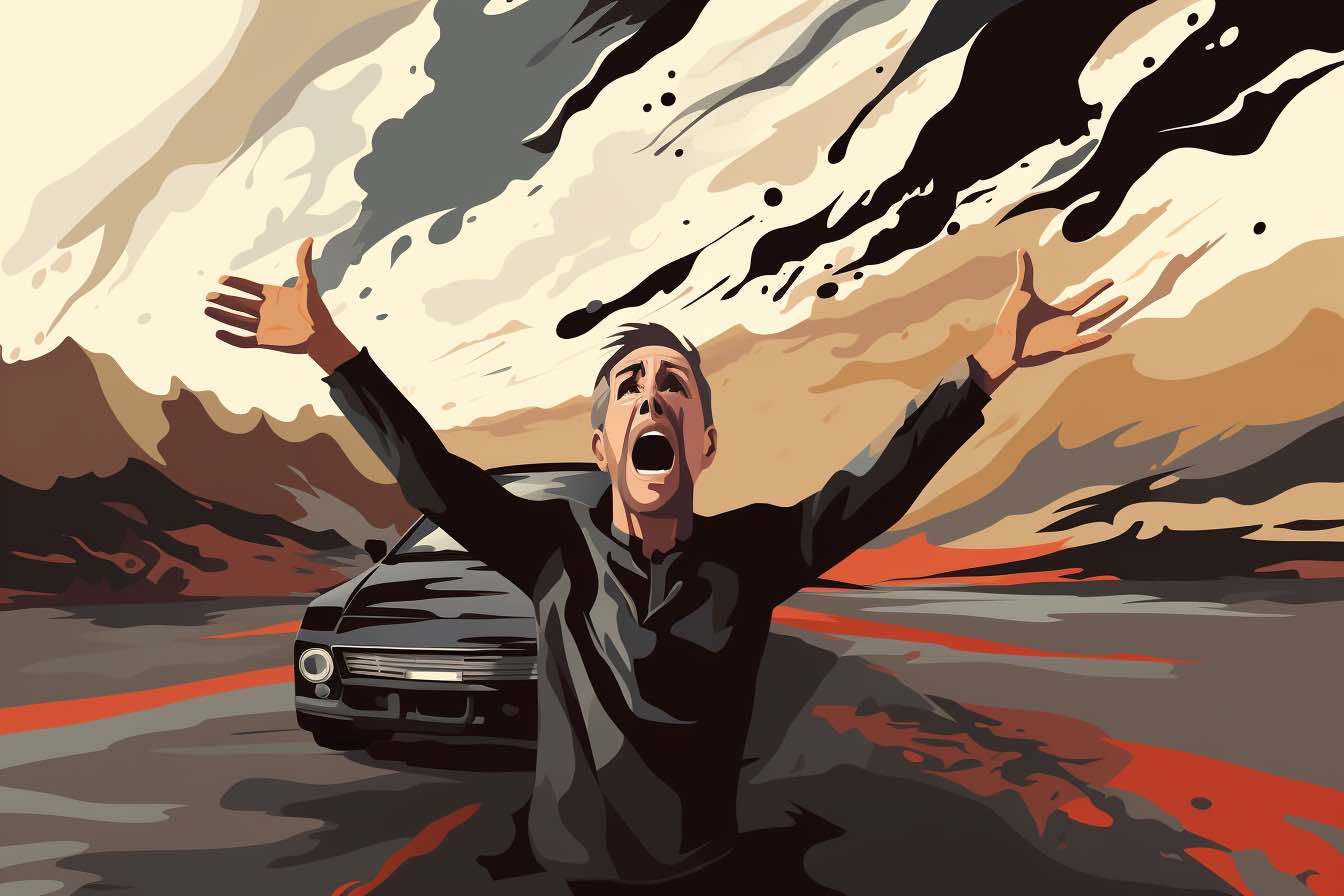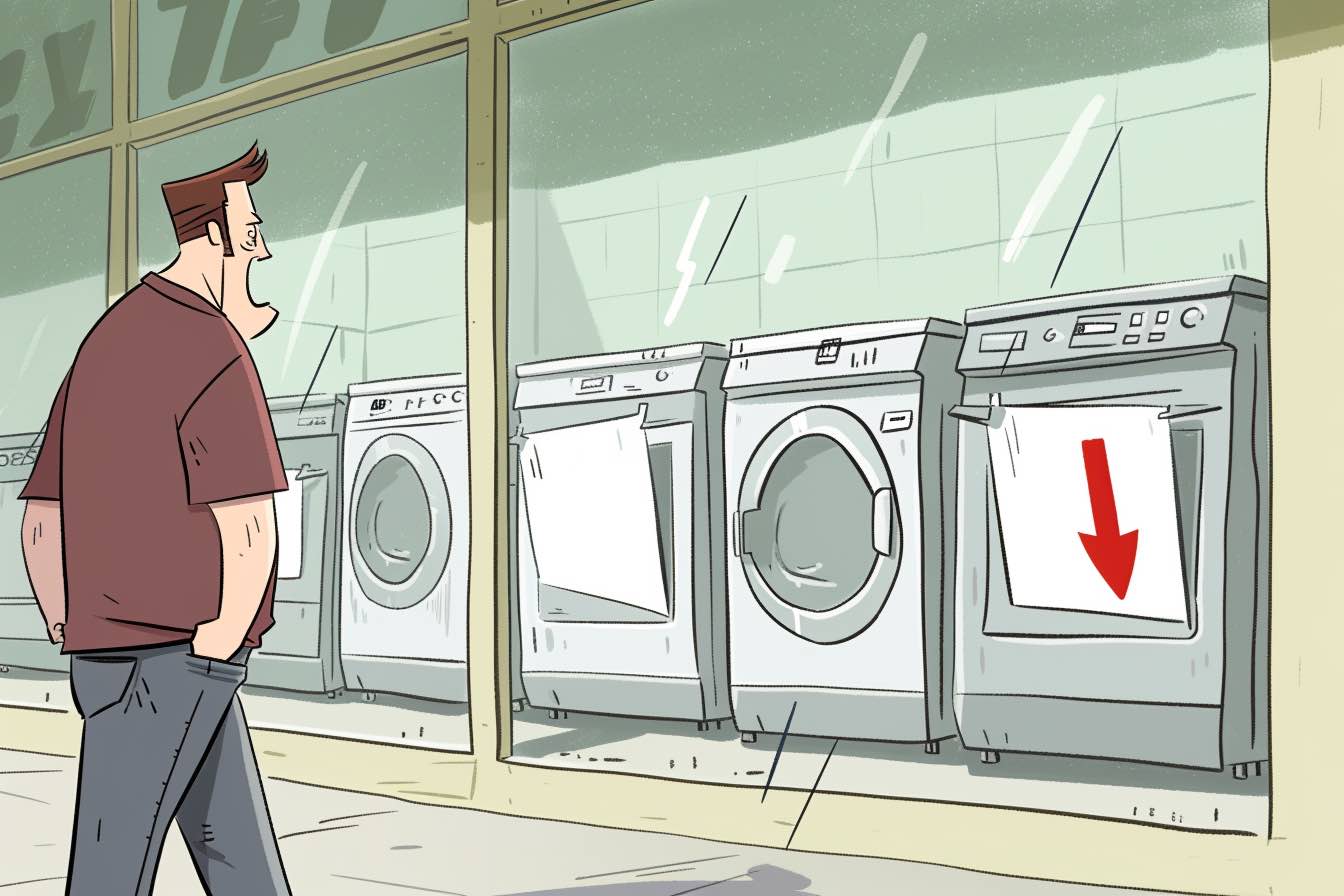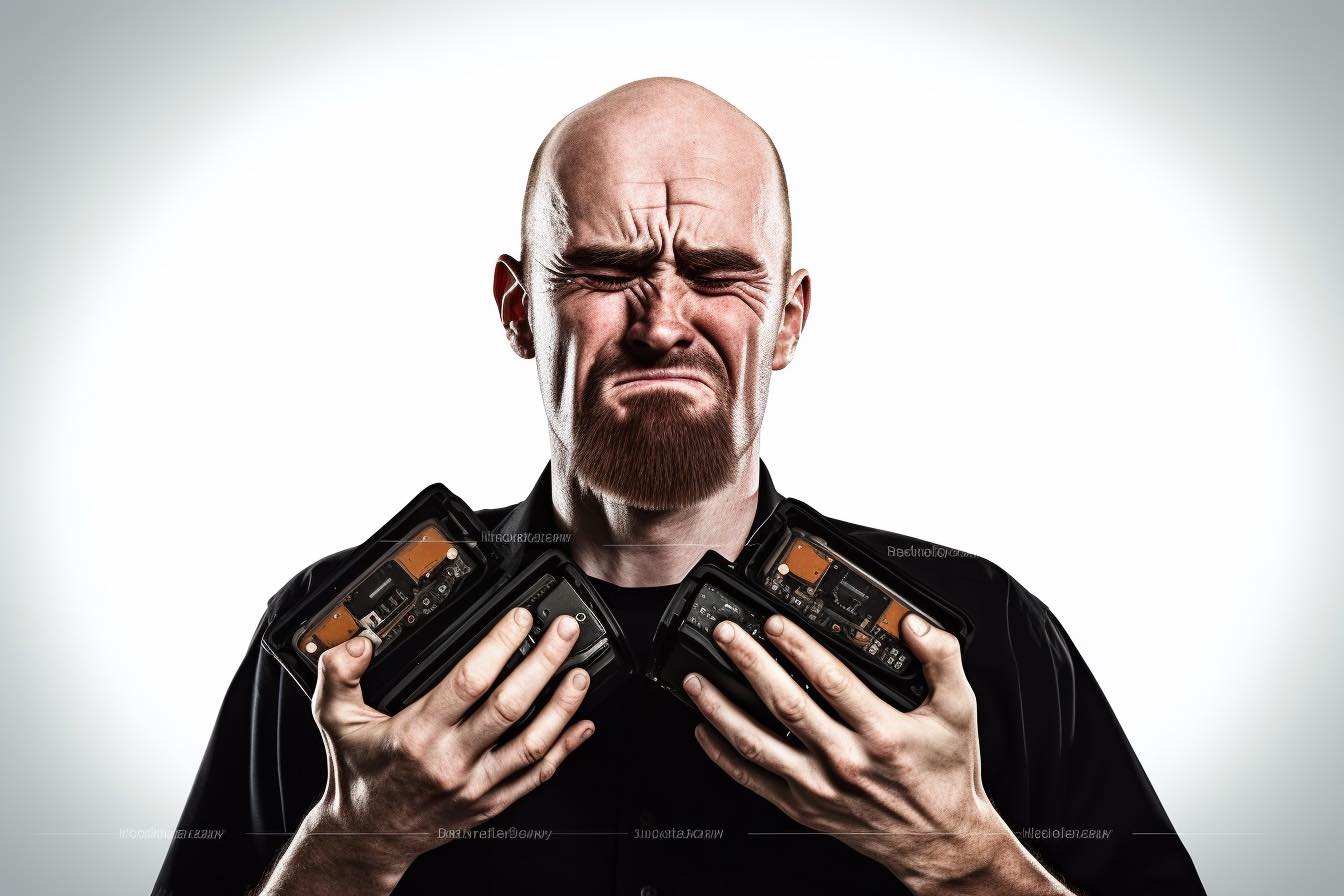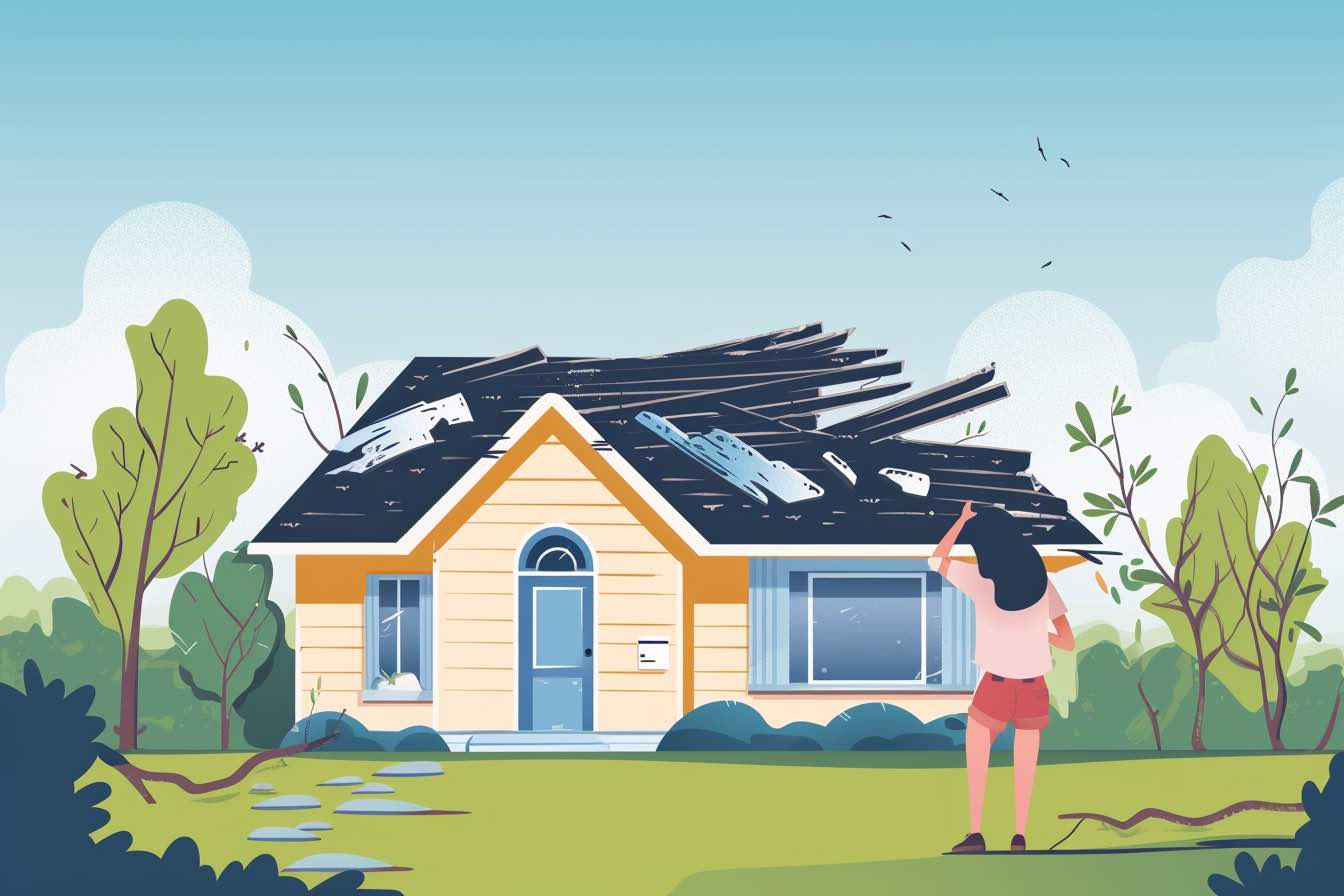Fran Perry is curious about what happened to the valuables belonging to the Costa Concordia’s victims. I dredge up an answer.
Question
I’m curious to know what has become or will become of the contents of the passengers’ in-room safes aboard the Costa Concordia. I’m sure there was a great deal of cash and valuable jewelry in those safes, which passengers did not have time to remove during the emergency.
Did anyone make efforts to return the safe contents to passengers, or do the salvagers own everything? Has everything just been lost? — Fran Perry, Jupiter, Fla.
Answer
The Costa Concordia sank in the shallow waters near Isola del Giglio on Italy’s western coast in January 2012, killing 32 people. Most of its starboard side was underwater until the ship was refloated this summer and towed to Genoa, where they scrapped it.
The International Convention on Salvage details the rights of passengers and the cruise line. Under Article 5 of that agreement, the salvage operation would be subject to Italian law.
In a practical sense, either the passenger’s travel insurance or Costa’s insurance would have provided coverage for any valuables that couldn’t be recovered after the sinking. So, in a sense, the passengers with claims have already received compensation (or at least as much compensation as they could under their policies).
But not everything can replace them. Presumably, some of the passengers would have mementos such as jewelry with sentimental value. So even if insurance covered these items, does that mean Costa gets to haul them down to the flea market in Genoa and sell them?
Actually, no. I checked with the cruise line, and it said it recovered the safes with personal belongings from 435 of a total of 1,500 cabins.
Navigating the fate of your valuables after a shipwreck
The Coast Guard has removed them and stored them in a warehouse under their supervision, a Costa spokeswoman told me.
In other words, not all of the safes are in the warehouse yet — only the ones accessible before the Concordia’s refloating. The rest of the boxes, which only recently came out of the water, are “under evaluation,” according to Costa.
She adds that they will define the timing and the method for returning those goods to their legitimate owners in the upcoming weeks. “As soon as judicial authorities define and approve such a process, the company will inform the relevant guests accordingly.”
So, if you left your tennis bracelet in the Concordia’s safe, chances are you’ll get it — eventually. To the question of what happens with your valuables on a shipwreck, there’s no easy answer. It depends on where the ship goes down and who is doing the salvaging.
I’m a travel insurance skeptic, but one takeaway from the Concordia disaster is clear to me. If you’re bringing valuables, you’ll want to make sure you’ve got a good insurance policy. Because you never know when the ship might go down.
